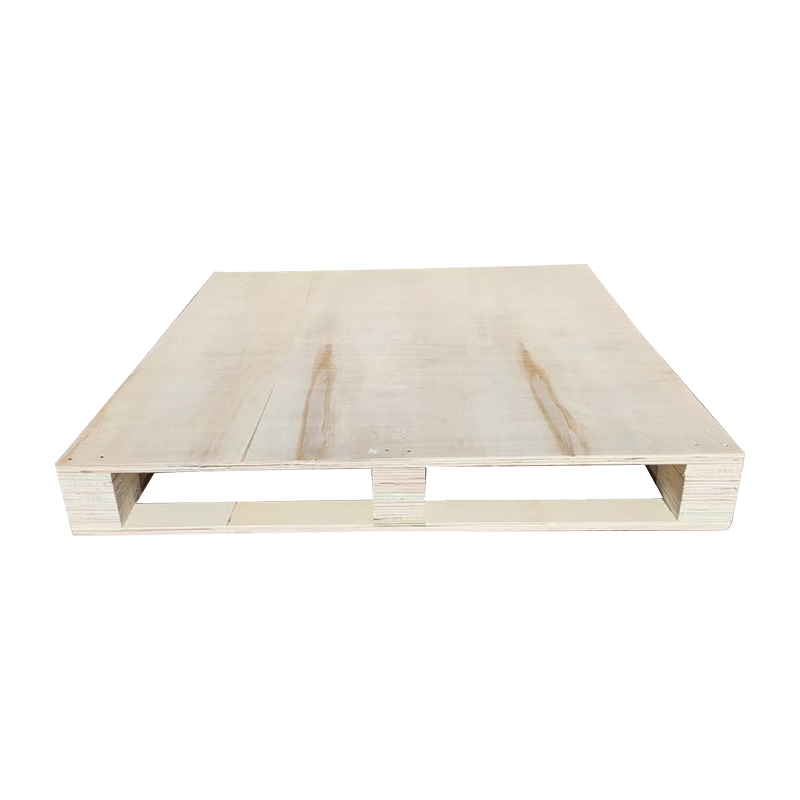Jul 22, 2025
Cable tray is essential components in modern electrical and network infrastructure, providing a safe and organized way to manage cables. Whether in industrial plants, commercial buildings, or data centers, cable trays offer flexibility, cost savings, and ease of maintenance compared to traditional conduits. This guide explores everything you need to know about cable trays, including their types, materials, installation process, and advantages.
A cable tray is a rigid structural system used to support and route electrical cables, wires, and even fiber optics. Unlike conduits, which enclose cables, cable trays allow for open or partially enclosed cable placement, improving ventilation and accessibility. They are widely used in:
Cable trays come in various designs, each suited for specific applications. Below is a comparison of the most common types:
| Type | Description | Best For |
|---|---|---|
| Ladder Cable Tray | Features side rails connected by rungs, offering excellent support and ventilation. | Heavy-duty cables, long spans, industrial settings. |
| Solid Bottom Cable Tray | Has a solid base to protect cables from dust and debris. | Environments with dust, moisture, or small particles. |
| Wire Mesh Cable Tray | Made of interwoven wires, lightweight and flexible. | Data centers, office buildings, low-voltage cables. |
| Trough Cable Tray | Shallow, ventilated design with raised edges. | Telecom and fiber optic cables. |
| Channel Cable Tray | Single enclosed pathway for smaller cable runs. | Limited-space installations, branch circuits. |
The material of a cable tray affects its durability, cost, and suitability for specific environments. Common materials include:
Cable trays offer several advantages over traditional conduit systems:

While conduits fully enclose cables, cable trays provide an open or semi-open pathway. Here’s a quick comparison:
Proper installation ensures safety and efficiency. Follow these steps:
To ensure a successful installation, avoid these errors:
Regular maintenance extends the lifespan of your cable tray system:
Cable trays are a versatile and efficient solution for managing cables in various settings. By selecting the right type and material, following proper installation practices, and performing routine maintenance, you can ensure a reliable and long-lasting cable management system. Whether you’re upgrading an existing setup or planning a new installation, cable trays offer flexibility, cost savings, and ease of use.